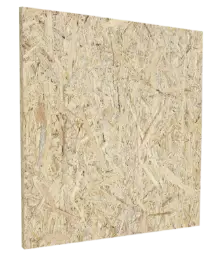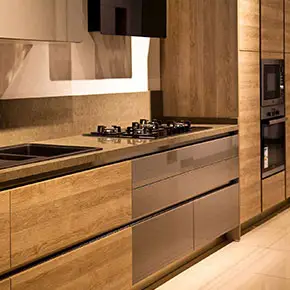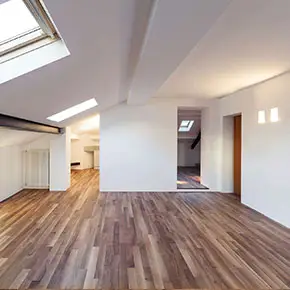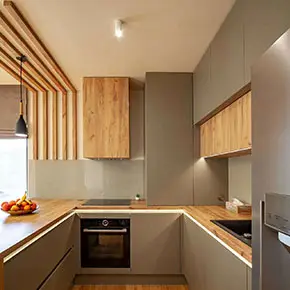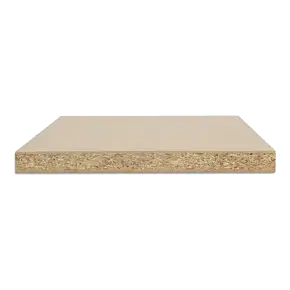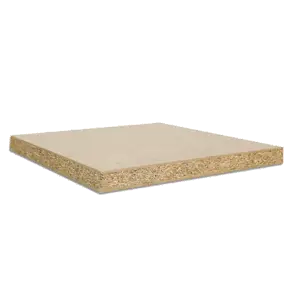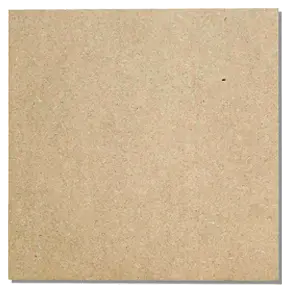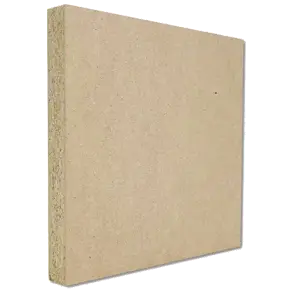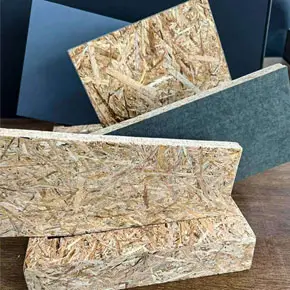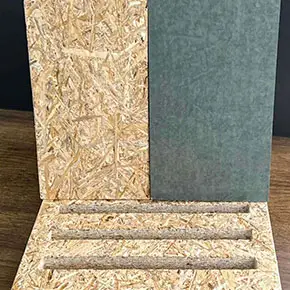COP28 is slowly disappearing from our sights, however, it has left an indelible mark on people’s consciences: climate change is happening, and the world has to cut carbon emissions rapidly.
The global construction industry has reached a crossroads of no return. The need to adopt eco-friendly building materials and sustainable architecture solutions is more pressing than ever. Governments and building sectors now face the consequences of public demand for more sustainable living choices.
With the built environment responsible for 40% of global carbon emissions, with embodied carbon of building and infrastructure materials, including cement, iron, steel, and aluminum, responsible for an additional approximate 15% annually, engineers and suppliers are being challenged to consider low-carbon footprint construction materials in response to the growing climate emergency. But how do they figure that carbon footprint?
Table of Contents
Framework of An Organization Footprint
Companies use Scopes 1, 2, and 3 as a conceptual framework to assess their carbon emissions. Scope 1 involves everything from fuel used for transport, to production sites or process emissions.
Scope 2 is a company’s electrical usage, while Scope 3 is everything that happens upstream and downstream relating to suppliers, customers, products, and even banks that lend money to energy and carbon footprint minimization projects.
Framework of a Building’s Carbon Footprint
Calculating the carbon footprint of a building is exhaustive and extends to material selection, manufacturing, transportation, waste, energy efficiency, and potential reuse of materials. When calculations are completed, they are expressed as CO2 equivalents (CO2e).
The traditional view of a building’s carbon footprint is assessed as cradle-to-grave: the entire lifecycle includes the extraction of the raw materials, carbon emissions from mining, fuel to transport to factories, the manufacturing process, their active use, and final disposal.
Given the Paris COP agreement calling to cut carbon emissions now, more focus has shifted to assessing the impact of building materials. This element addresses the carbon footprint of the building envelope, which is an immediate occurrence compared to calculating the building’s operational carbon footprint over many decades.
Desert Board, which produces Palm Strand Boards (PSBs) from palm fronds, goes one better: than a cradle-to-grave calculation, it assesses a cradle-to-cradle product lifecycle. This circular economy concept assesses how to reuse or utilize the material as long as possible rather than discarding it in a landfill. There is also consideration of the material’s end-of-life utilization. This will ensure that sequestered carbon is locked into the product long-term rather than being released after a product’s short lifecycle.
Calculation Components
Digging deeper into the individual components in calculating the carbon footprint of building materials, one has to look at the raw material extraction. Importantly, this includes the potential sequestered or biogenic carbon stored if it is a nature-based material.
Taking Desert Board’s example, the biogenic carbon lies in the naturally generated palm biomass, which it reutilizes to produce manufactured bio-based durable palm strand boards.
Calculating any construction material, even green building materials considers the manufacturing process: where the material came from and any significant mining involved.
Another aspect is the transportation of the raw material, such as what type of vehicle and fuel was used in carrying the cargo, and the distance traveled.
The manufacturing process of the material requires complex and detailed analysis. This includes using all the different raw materials, any additional additives or chemicals, any power consumed onsite, and any fuels used such as gas or biomass.
Engineers can look to ISO standards governing such matters and access lifecycle databases to obtain some of these conversion factors. There are various multiplication factors dependent on the type of energy, fuels, and even location.
The sequestered carbon footprint calculation originates from a carbon stock assessment of date palms in Abu Dhabi which was conducted by various researchers from United Arab Emirates University located in Al Ain and by Mr. Basam Dahy from United Arab Emirates University. The publication is available here.
All these components are part of the data-gathering process that enables sustainability teams to draw up a working picture of the carbon footprint.
Desert Board Impact
All the manufacturing, transportation, and biogenic carbon materials contained in the product are factored into calculating Desert Board’s carbon emissions in creating climate-resilient building materials and transforming the built environment. Additionally, its power use is relatively low carbon as none of the supply comes from coal-fired power plants.
The product’s biogenic carbon represents significantly higher amounts of sequestered carbon emissions than the carbon equivalent derived from the manufacturing process. The result is that every Desert Board product represents a carbon sink building material with more sequestered carbon as a balance of its lifecycle than has been emitted in its manufacture.
By upcycling palm waste to biomass, Desert Board avoids the need to cut down trees. These high-strength building materials can also be recycled at the end of their lifespans.

PSBs have high-performance screw holding and Modulus of Rupture (MOR) test results, making them a durable and reliable choice. Excellent bending, pressure, tensile strength, and moisture resistance make them an ideal sustainable urban development material for the global industry and specific structural applications.
In the end-of-life considerations, the company has a ‘take-back program’ that offers an extended life use for the material. The product’s biogenic material will not be released for the duration of its use – and the material is designed for 100-plus year’s life.
Their approach prevents palm date branches and leaves from going to landfills and adding to methane emissions, which are up to 28 times higher than CO2 when considering the impact of global warming.
Desert Board manufactured its first PSB two years ago and now sells it across the Middle East and India, so contributing to a greener world in diverse communities. Because it is made from palm trees every cubic meter of PSB used is equivalent to capturing about 400 kilograms of CO2e.
Priming PSB for construction use means Desert Board has engineered an innovation that underscores a resolute commitment to taking the lead in empowering the decarbonization of the construction industry.





